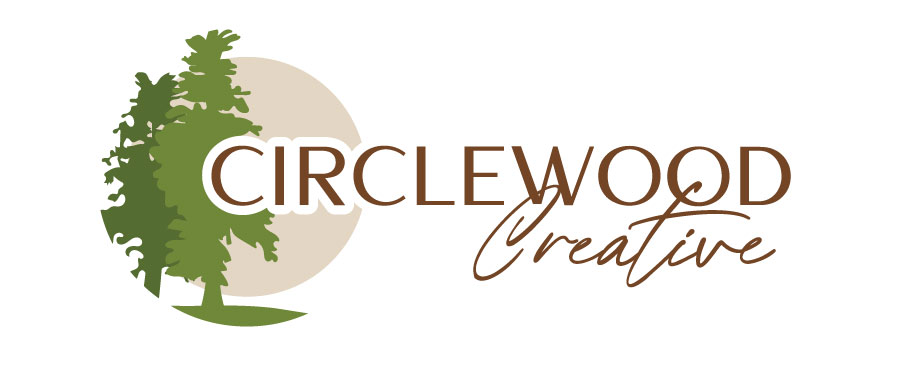Creating great content is essential for building your brand and connecting with customers. But, even the best businesses can fall into bad habits and content mistakes that hurt their efforts. If you’re a small business owner DIYing your content marketing, these common mistakes will save you time, money, and frustration.
1. Not using basic SEO best practices.
You can write the most engaging blog post or landing page, but if it’s not optimized for search engines, it may never be seen by your target audience.
How to avoid it:
Search engine optimization (SEO) isn’t just about using keywords. It’s about creating content that answers questions, provides value, and is easy for both search engines and people to read.
- Research keywords your audience searches for and naturally incorporate them into your content. You can run a quick analysis using the Google Keyword Planner.
- Use clear headings and sub-headings to structure your content (H1, H2, H3, etc.). This helps search engines index your content, and humans find the information they need!
- Optimize images with alt text and file names. Search engines include images in search results, so you want to ensure they’re finding yours.
- Write meta descriptions that summarize your content and include key terms. Your meta description will appear beneath the clickable link to your webpage in search engine results.
When your content is optimized for search, you’ll start attracting more organic traffic, which can lead to more conversions.
2. Not paying attention to what your audience wants.
It’s easy to get caught up in what you want to say, but if it doesn’t address your audience’s pain points or interests, your content won’t connect. You must be in tune with their needs or problems to provide solutions.
How to avoid it:
Always start with your audience in mind. Think about their problems and how your product or service can solve them.
- What questions are they asking?
- What information will help them make a decision?
- How can I (and my products and services) solve their problem?
Tailor your content to provide real value—whether that’s through solving a problem, answering a question, or offering fresh ideas.
3. Not being consistent with your brand and messaging.
Your content is a direct reflection of your brand. If the message is inconsistent across platforms or within your website, it can confuse potential customers and damage your credibility. Not having consistent messaging and brand tone is a common content mistake!
How to avoid it:
Ensure your brand’s voice and messaging are consistent across all touchpoints—your website, social media, email campaigns, and ads. This doesn’t mean using the exact wording every time but staying aligned with your overall message and brand voice.
- Create brand guidelines that include your tone, language, and core messaging. This is something Circlewood Creative can help you with!
- Regularly review your content to ensure it aligns with your brand’s mission and values.
- Keep your visuals and tone of voice aligned, especially across different platforms.
Consistency builds trust. People are more likely to engage when they know what to expect from you.
4. Not using visual content
Content isn’t just about words—it’s about creating a complete experience. If you rely solely on text, you’re missing out on an opportunity to enhance your message.
How to avoid it:
With social media, streaming services, and digital advertising, video and image content is more important to use than ever. Incorporate visual elements that support your message and engage your audience. This could be anything from images and infographics to videos or charts.
- Use high-quality images relevant to your content.
- Break up long text with visuals to make your posts more readable.
- Create videos to explain products and services and to engage audiences on social media.
Visuals make your content more appealing, increase engagement, and help drive your message home.
5. Failing to include clear CTAs (Calls-to-Action)
You’ve created valuable content, but if you don’t tell your audience what to do next, they may leave without taking action. Whether you want them to make a purchase, sign up for a newsletter, or download a resource, you need to guide them.
How to avoid it:
Every piece of content should have a clear, concise CTA. This tells your audience exactly what to do next and why they should do it. For example:
- “Download our free guide to get started.”
- “Sign up for our newsletter to receive weekly tips.”
- “Contact us today to learn more.”
- “Click to make a purchase today and save 10%!”
Make sure your CTA is visible, direct and easy to follow.
Like this one – Contact Circlewood Creative if you need help with your content marketing! We offer content for social media, blogs, websites, email newsletter campaigns, digital advertising, video and audio production and more.





